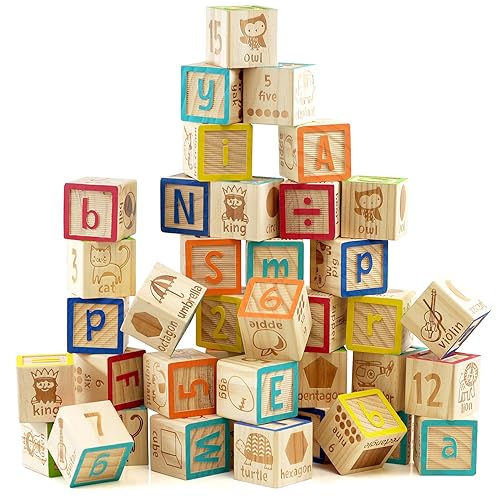Understanding the Importance of Repairing Broken Toy Blocks
Toy blocks are a staple in every child’s playroom. They provide countless hours of fun and are often used to inspire creativity and problem-solving skills. However, like any other toy, toy blocks can break over time due to excessive use or accidents. It is important to repair broken toy blocks as soon as possible to ensure that children can continue enjoying them safely. In this article, we will discuss effective methods to repair broken toy blocks.
Gather the Necessary Tools and Materials
Before attempting to repair broken toy blocks, it is essential to gather the necessary tools and materials. Some common tools you may need include:
- Glue or adhesive suitable for the type of material the toy blocks are made of
- Clamps or rubber bands to hold the pieces together while the glue dries
- Sandpaper or a file to smooth any rough edges
- Paint or markers to touch up any visible damage
By making sure you have all the required tools and materials, you can ensure a smooth and successful repair process.
Assess the Damage and Plan the Repair
Once you have gathered the necessary tools and materials, assess the damage to the broken toy blocks. Determine the extent of the damage and identify any missing pieces. If there are missing pieces that cannot be found, consider reaching out to the toy manufacturer to see if replacement parts are available. If replacement parts are not available, you may need to get creative and try to replicate the missing pieces using materials like clay or molding putty.
After assessing the damage, plan the repair. Decide on the best method of repair based on the type of material the toy blocks are made of and the extent of the damage. Some common repair methods include:
- Applying glue to the broken edges and holding the pieces together with clamps or rubber bands until the glue dries
- Using a strong adhesive specifically designed for the type of material the toy blocks are made of
- Sanding down any rough edges to create a smooth surface
- Painting or using markers to touch up any visible damage
By planning the repair beforehand, you can ensure a more focused and efficient repair process.
Execute the Repair
Now that you have assessed the damage and planned the repair, it is time to execute the repair. Follow the planned repair method step by step, making sure to use the correct glue or adhesive for the type of material the toy blocks are made of. Apply the glue evenly to the broken edges and hold the pieces together firmly with clamps or rubber bands until the glue dries. If there are any rough edges, use sandpaper or a file to smooth them down. Once the repair is complete, consider painting or using markers to touch up any visible damage.
It is important to be patient during the repair process. Some glues require several hours to fully cure, so avoid using the repaired toy blocks until the glue has fully dried. This will help ensure a strong and long-lasting repair.
Ensure Safety and Quality
After repairing the broken toy blocks, it is essential to ensure their safety and quality. Make sure that the repaired pieces are securely bonded together and that there are no loose or sharp edges that could potentially harm a child. Test the repaired toy blocks by gently twisting and applying pressure to see if the repair holds. If it does not, consider re-doing the repair using a stronger adhesive or seeking professional help.
Regularly inspect the repaired toy blocks for any signs of damage or wear and tear. If any additional repairs are needed, promptly address them to maintain the safety and quality of the toy blocks. By ensuring safety and quality, you can continue to provide children with a fun and safe playing experience.






